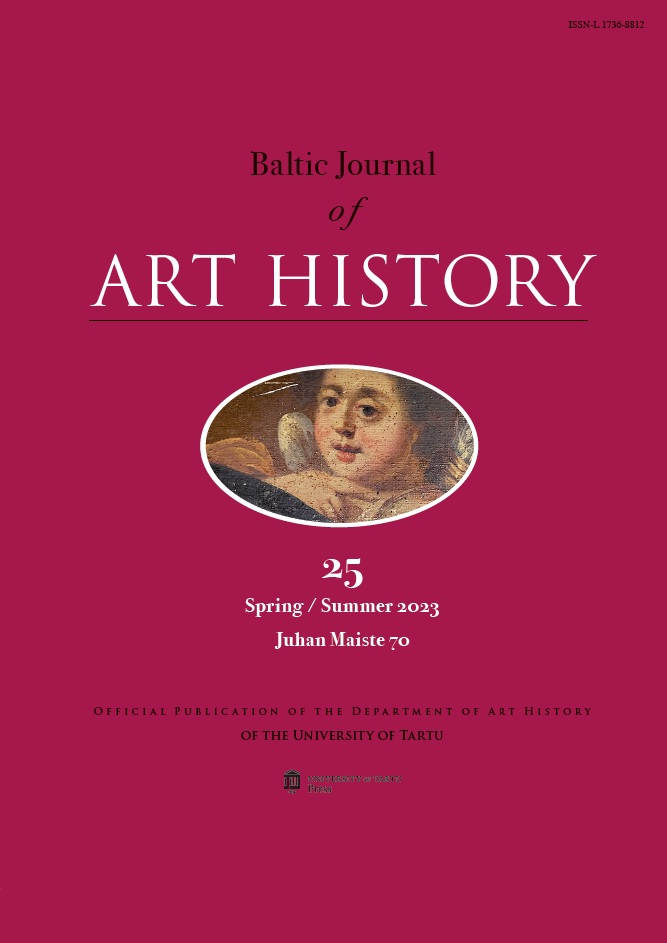URBAN SPACE AND CULTURAL ARCHETYPES
A VIEW ON THE JAPANESE CITY
DOI:
https://doi.org/10.12697/BJAH.2023.25.06Keywords:
cultural archetypes, urban identity, the Japanese city, Japanese concepts of space, TokyoAbstract
This paper analyses cultural and aesthetic phenomena and their
inherent meanings within the Japanese city. In the introduction, I
first briefly define the key concepts used in the analysis: cultural
archetype, collective memory, and cultural identity. I will approach
the theme from a comparative point of view by examining Japanese
urban features and archetypal principles in contrast to the European
city.
Early Japanese urbanisation centred around imperial palaces, with
the first cities founded by successive emperors from the 7th century
onwards in the Nara region, near present-day Kyoto. The orthogonal
plan for the imperial capital was copied from the contemporaneous
Chinese dynasties. Spatial organisation was hierarchical, imperial
quarters were located at the northern end of the central south–north
axis of the city, and the most prestigious plots were around the
Emperor’s palace. Kyoto, the historical Heian-Kyô, was founded as
the imperial capital in 794.
Tokyo, the historical Edo, became a “castle city” in 1457 when a
military castle was built, and subsequently the capital when the
shôgun moved government from Kyoto to Edo in 1603. The shôgun’s
castle, the centre of power, intertwined with the hierarchical urban
order spiralling around it. Edo gradually became a modern capital,
Tokyo, while Kyoto remained the traditional centre of high culture
and the seat of the powerless Emperor until 1868.
The Japanese city is a cultural metaphor. Psychological uncertainty,
due to the country’s location in a precarious earthquake and volcanic
zone, and an awareness of the perishability of life based on Buddhist
philosophy, have all deeply influenced both Japanese culture and
the Japanese mind. Emptiness, the Taoist ideal linked to Buddhist
thinking, is also reflected in the urban space. For instance, a Japanese
city has no designated urban centre whereas in the European city
this is a culturally and economically accentuated place.
In this paper, I also analyse the Japanese spatial concepts ma and
oku, along with their archetypal manifestations in urban tissue and
street scape. While ma means experiencing space in time, oku refers to
the hidden dimension of the urban experience, or the psychological
state of processing a path whereby the urban core remains hidden
and only partially discovered.
Regardless of Japan’s recent historical and economic development,
the cultural characteristics of urban spaces have not changed a great
deal. Tokyo is still a mosaic city of small village-type communities
with an inherent feeling of togetherness. Hidenoby Jinnai has called
this phenomenon an “ethnic continuity” whereby the new and the
old are mixed in an ethnic order.

